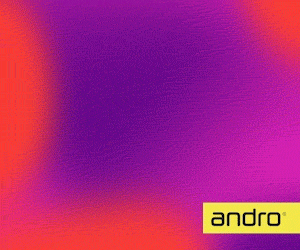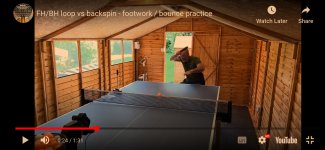This user has no status.
This user has no status.
Active Member
Now it remains to learn how to apply these skills in the game of scoreOne month update:
It's been a little over a month since I've started focusing on improving the recovery/bounce step and I'm very happy with the results so far.
Here is a video of me doing a random FH/BH drill on April 10. A few things to note:
1. My feet are mostly very planted and stationary
2. The hand switch from BH to FH is very slow and results in a poor quality shot
3. Balls to the wide BH I end up reaching across my body for
4. Despite the fact that I hadn't learned about the bounce/recovery step yet, I seem to be doing it at times (I either picked this up naturally or am trying to emulate pro players).
Now here's a video of me doing the same drill today, May 22. I've looked through my training journal and this is the first time I've done this drill since the video above (April 10). I'm being a bit lazy not getting low and forward enough in my stance (tired from doing Falkenberg right before). But many issues from the first video look vastly improved.












